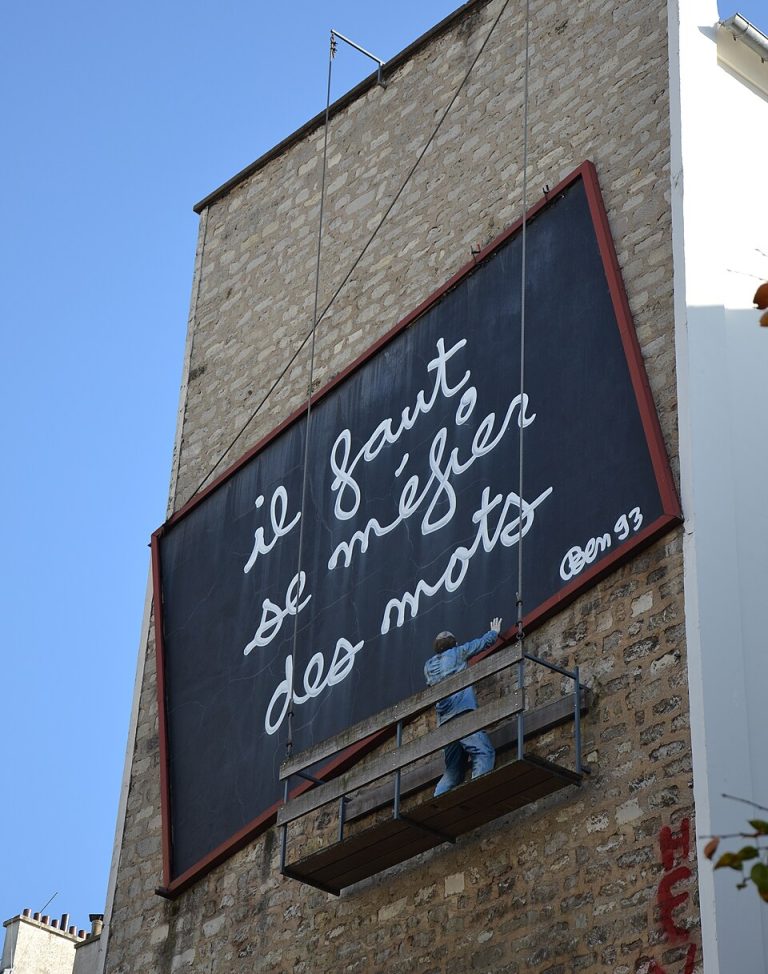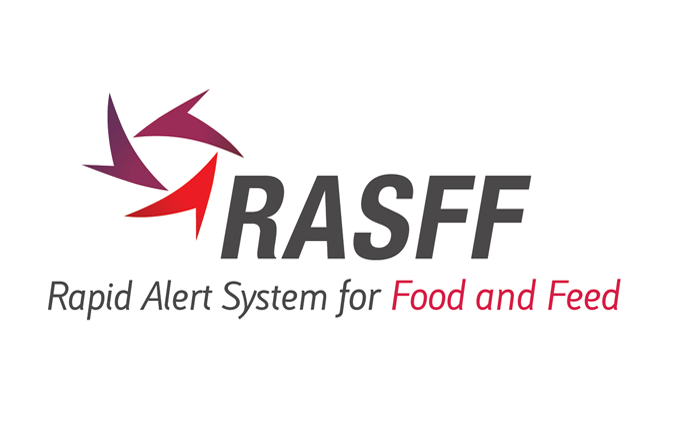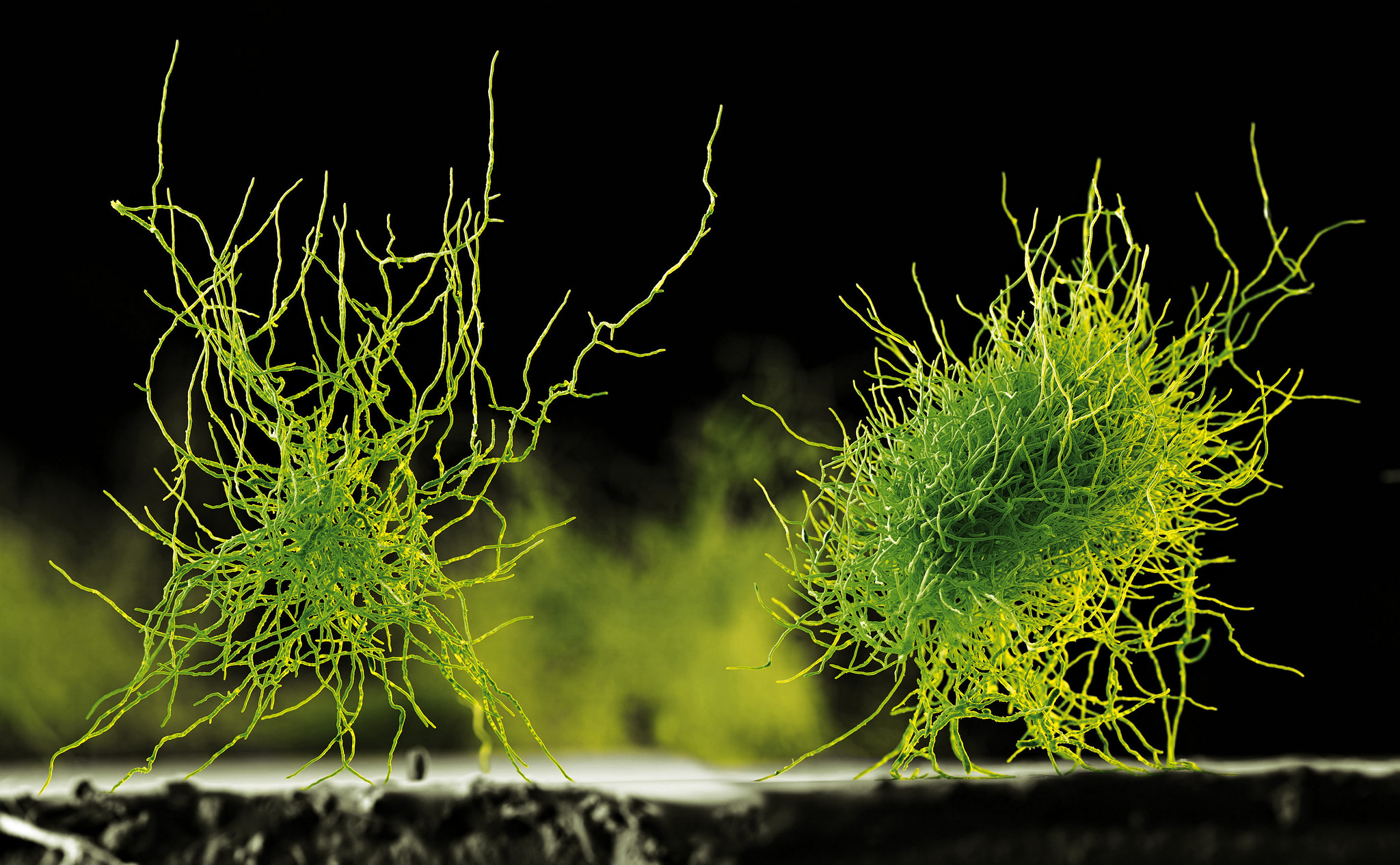News
EU : vitamins and additives produced by GMOs

Many additives and vitamins are now produced industrially by micro-organisms, some of them being genetically modified. The applications for authorization consulted by Inf’OGM for the latter are less numerous (122 dossiers out of 723 read) than for enzymes. But these molecules are important to know, as they are increasingly present in human and animal foodstuffs… Especially as cases of illegal presence of GM micro-organisms in Europe have already been observed via the marketing of one of these vitamins.
In a series of articles, Inf’OGM attempts to unravel the complex subject of genetically modified microorganisms (GMMs) and their industrial use [1]. We have already analyzed the use of these GMMs to produce enzymes used in agri-food chains [2]. Vitamins or additives, such as sweeteners or amino acids, can also be produced industrially via GMMs.
Less applications than for enzymes
For the period going from 2005 to mid-2023, Inf’OGM was able to read 723 applications for authorizations for molecules used in the agri-food chain [3]. Of these 723 applications filed in the European Union and analyzed by the European Food Safety Authority (EFSA), a small proportion concern vitamins or other additives. The table below summarizes the share of each dossier.
| Molecule | Nb of applications read | GMO origin | Uncertain origin | Origin declared as non-GMO |
|---|---|---|---|---|
| Enzymes | 601 | 242 | 252 | 107 |
| Vitamins | 62 | 9 | 19 | 34 |
| Other additives | 60 | 22 | 20 | 18 |
| TOTAL | 723 | 273 | 291 | 159 |
As we’ll see from two examples, vitamins and other additives are important products in the food industry. These vitamins, amino acids or sweeteners are added to human or animal foodstuffs to be directly assimilated by the latter. Although they are present in a large number of products, their origin « produced from GMOs » is not indicated to the processors who use them. In 2006, the member states of the European Union decided to make such labelling non-mandatory [4]. Industries can sometimes go even further, claiming that additives are « non GMO », even though they have been produced by GMMs… [5]
Two vitamins produced by GMMs
Between 2005 and mid-2023, EFSA examined 62 applications for vitamins. These 62 dossiers concern 13 vitamins [6]. While most of these are produced by chemical synthesis, five are produced by micro-organisms (vitamins B2, B12, C, D2 and D3). For these five vitamins, 20 dossiers were submitted by 15 industrial entities [7].
Only one, vitamin B2, is the subject of eleven applications for industrial production using GMMs. Of these eleven applications submitted, eight – the majority of the applications for this vitamin – involve GMM production. They were submitted by six industrial entities [8]. This vitamin has a special history within the GMM file in Europe. In 2018, 20 tonnes of vitamin B2 already present in the European Union were found to be contaminated by the GMM used to produce it, namely the transgenic bacterium B. subtilis KCCM-1045. Officially, the vitamin must be DNA-free. Discovered by the German authorities, this contamination had spread to twenty member states. At the time, Inf’OGM explained that Germany, Austria and Belgium were among the countries keeping a watchful eye on these imports. They feared contamination « in the event of the use of genetically modified micro-organisms in a contained environment or of products derived from these GMOs » [9].
Additives produced by GMMs
The other molecules produced by GM microorganisms are various additives, mainly amino acids (the building blocks of proteins), but also sugars, pigments or salts. 62 applications for authorization have been filed between 2005 and mid-2023, 22 of which involve the use of GMMs. GMMs are mainly used to produce amino acids, but also lactic acid and steviol glycosides (used as sweeteners). These 22 applications were filed by nine different industrial entities [10].
Among the amino acids produced by GMMs, the most emblematic is lysine, or more precisely the L-Lysine. This amino acid is mainly used by the agri-food industry, but is also found in products for the pharmaceutical and cosmetics industries [11]. Of the six dossiers submitted to EFSA, five involved the production of lysine by a GMM, and all five were intended for animal feed. Lysine is essential for human and animal development. As they do not naturally produce this amino acid, they need to find it in their diet, such as leguminous plants, eggs, etc. In farms where the feed is not sufficiently varied or nutritious, this amino acid is provided as a supplement. Four companies have therefore applied for authorization to market L-Lysine produced by genetically modified bacteria [12].
Steviol glycosides are another example of an additive that can be produced by GMMs, but in this case, production is more recent. Originally extracted from a plant native of South America, stevia (Stevia rebaudiana) has been used traditionally for centuries in the form of herb or honey. Today, this sweetener has become a very promising market. Authorized in France since 2010 under the name E960, stevia presents itself as a direct alternative to aspartame, itself being an alternative to sugar for diabetics in particular [13]. They are mainly produced by extraction from stevia leaves. But, in 2021, two companies have applied for authorization to market certain steviol glycoside molecules (Rebaudioside) produced by genetically modified yeasts [14]. A first, as Amyris points out in the application for approval filed in New Zealand one year earlier than in Europe, in 2020 [15]. According to the company, the main benefit of producing via GMMs is that it leads to greater amount than extracting stevia leaves. Profitability for the company would therefore be higher.
It is to be detailled here that a third company, SweeGen, does not produce stevia directly from MGM, but uses enzymes produced by MGM in its manufacturing process. These enzymes are used to produce stevia from leaf extracts [16].
One special additive
In 2019, the European Union received a specific request for authorization from the US company Impossible Food Incorporation. This application, which is still under process by the EFSA, concerns a molecule called leghemoglobin, a component of « plant steak ». As Inf’OGM reported, this molecule, which claims to be « very close to hemoglobin, is obtained through the culture of transgenic yeast » and the company hopes that it will “give the red color and « ferrous » taste” from meat to veggie steak” [17]. The company has also approached the USA, Canada, Hong Kong and Singapore.
[1] Previous articles in this survey :
![]() , « GMO micro-organisms : discreet production factories », Inf’OGM, 17 juillet 2023 ;
, « GMO micro-organisms : discreet production factories », Inf’OGM, 17 juillet 2023 ;
![]() , « GMO-derived enzymes used in food and feed », Inf’OGM, 17 octobre 2023 ;
, « GMO-derived enzymes used in food and feed », Inf’OGM, 17 octobre 2023 ;
![]() , « GMOs : sweetened transparency », Inf’OGM, 30 octobre 2023.
, « GMOs : sweetened transparency », Inf’OGM, 30 octobre 2023.
[2] , « GMO-derived enzymes used in food and feed », Inf’OGM, 17 octobre 2023.
[3] , « GMO micro-organisms : discreet production factories », Inf’OGM, 17 juillet 2023.
[4] , « Les micro-organismes génétiquement modifiés, part sombre du dossier OGM », Inf’OGM, 5 juillet 2022 (in french).
[5] , « GMOs : sweetened transparency », Inf’OGM, 30 octobre 2023.
[6] Vitamins A, B1, B2, B3, B5, B6, B8, B9, B12, C, D2, D3 and E.
[7] Amyris, BASF SE, DSM Nutritional Products Ltd, Eigenmann & Veronelli S.p.A., FEFANA asbl, Guang Ji Pharmaceutical Belgium, Hebei Huarong Pharmaceutical Co. Ltd, Hubei Guangji Pharmaceutical Co. Ltd, Kempex Holland B.V., Lohmann Animal Health GmbH & Co KG, Luxidum GmbH, Meiji Seika Kaisha Ltd, Monterey Mushrooms Inc, Ningxia Qiyuan Pharmaceutical co. ltd, VITAC EEIG
[8] BASF SE, DSM Nutritional Products Ltd, FEFANA asbl, Guang Ji Pharmaceutical Belgium, Hubei Guangji Pharmaceutical Co. Ltd, Kempex Holland B.V.
[9] , « Vitamine B2 : contamination en cours par une bactérie transgénique », Inf’OGM, 7 décembre 2018 (in french).
[10] Avansya V.O.F, Agri nutrition, Amyris Inc, CJ Europe, DSM nutritional Products, Elanco GmBH, Impossible food Inc, Kempex Holland, Metex Noovistago
[11] Joanna Sikorska, « Lysine and its applications in animal nutrition », Foodcom.pl, December 19, 2022
[12] Agri nutrition, Daesang Europe, Kempex Holland, Metex Noovistago
[13] FAVV AFSCA, « Steviol glycosides, a stevia-based sweetener » (in french), July 30, 2018
[14] The Amyris and Avansya V.O.F. companies
[15] Amyris, « Application for the Approval of Rebaudioside M from Saccharomyces cerevisiae expressing Steviol Glycoside Biosynthesis Pathway Genes », May 2020.
[16] , « GMOs : sweetened transparency », Inf’OGM, 30 octobre 2023.
[17] , « Le pari du steak végétal OGM », Inf’OGM, 22 novembre 2019 (in french).











